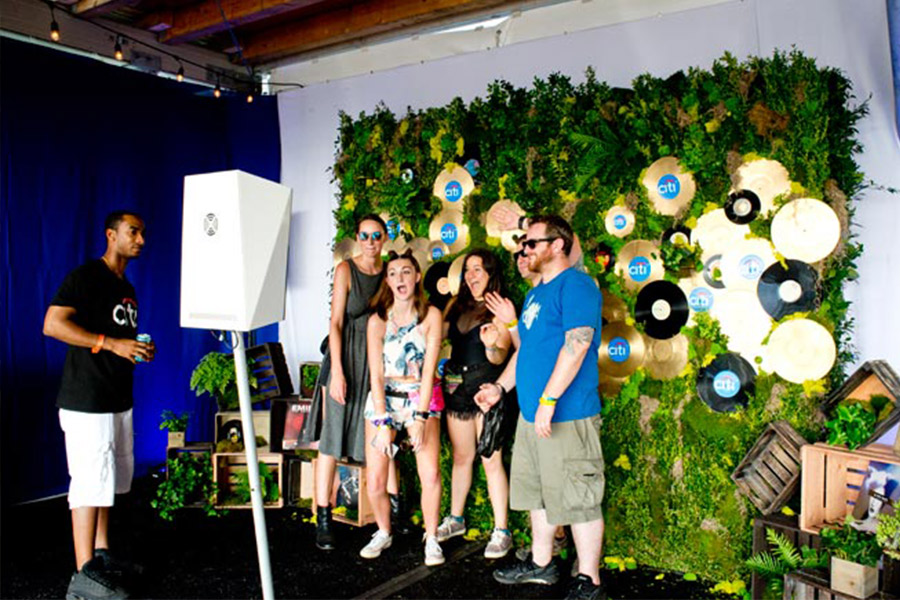Event Branding Does Deliver Value In The Long-Term
The power and potential of event branding are worth being examined on a monthly basis. Hands down, getting your brand and products in front of customers in an immersive environment cannot be understated. What we know is that “branding” burst onto the scene with an arsenal full of jargon like “essence,” “lean,” “attributes,” “proposition,” “features,” “rewards” in the early 2000’s. Now we have the specialized niche of event branding, which is a practice that requires dedication to including technology, data and producing real experiences that stick.
Create Events That Deliver Value
Events have a personality of their own and, if done well, can support and promote your organizational brand. Examples that come immediately to mind are Microsoft’s Inspire and Adobe Summit or Hubspot’s Inbound.
Thousands of attendees flock religiously to these top-slated conferences every year because the events have built a brand that promises and delivers excellent value. Along with that authentic and consistent brand-building and comes loyalty.
Events As A Marketing Channel
Live events are powerful marketing tools that help communicate the message that is needed. Whether the reason for the activation is building brand image, a new product launch, repositioning a brand, or telling a story for the first time, event branding is a short-term strategic action that can drive long-term brand value.
“If you treat your event as a brand, your attendees will do the same, and that in turn will create the success that can be built on year after year.”
Event Branding Playbook
Step 1: Choose a memorable and engaging theme and create an identity around it.
Kickstart the ideation phase by tapping into your very own brand values. Your goal is to design an event experience that attendees will understand in easy-to-digest nuggets.
Case Study:
The DirecTV Now activation featured an oversized boombox, along with an 80s-theme urban playground setting with tricycles, a basketball hoop, and funky graffiti.
Step 2: Define your target audience and determine how you will engage them.
Develop compelling key-messaging and design a series of experiences that connect directly with your attendees. You’ll have happy guests, exhibitors, and sponsors.
Case Study:
AE Studio, by American Eagle. On the second floor of the activation, card members could pick up festival essentials like sunscreen, hair ties, ponchos, and more.

Step 3: Help the attendees cut through the competition and find you with an easily recognizable event brand.
Design the event to create an inviting space for branding and sponsorship opportunities throughout. Make sure sponsorship attribution is clear.
Case Study:
Love, Tito’s Activation featured a digital time capsule where festivalgoers could make a video pledge for change that will be emailed to them a year from now.
Step 4: Build on success each year with consistency and authenticity.
Measure and improve on the success of your event. Add these KPI’s to your list: Social media activity, attendee satisfaction, and revenue versus overhead cost.
Case Study:
Once again; at this years Grosvenor Festival, Citi cardmembers were able to link up their R.F.I.D. festival wristbands to their Citi credit and debit cards in advance.
Event Branding Wrap Up

Molly Whatley – Producer
Creating an intelligent strategy for event branding can catapult an event into a must-attend gathering that attracts the world.
Think about it – some of the most relevant cultural and corporate iconic events like SXSW and Electric Daisy Carnival started out as small events and have grown into incredibly branded sponsorship meccas.
It is due in part to great event branding strategy and a design that creates and provides relevant environments for corporate sponsors to engage with their customers.
Read this post for more information about event metrics
More Event Planning Insights From Our Blog!
The secret of success: Plan a fully engaging & memorable experience.
Your brand has the potential for power too!
Contact Us To Learn More
Error: Contact form not found.






